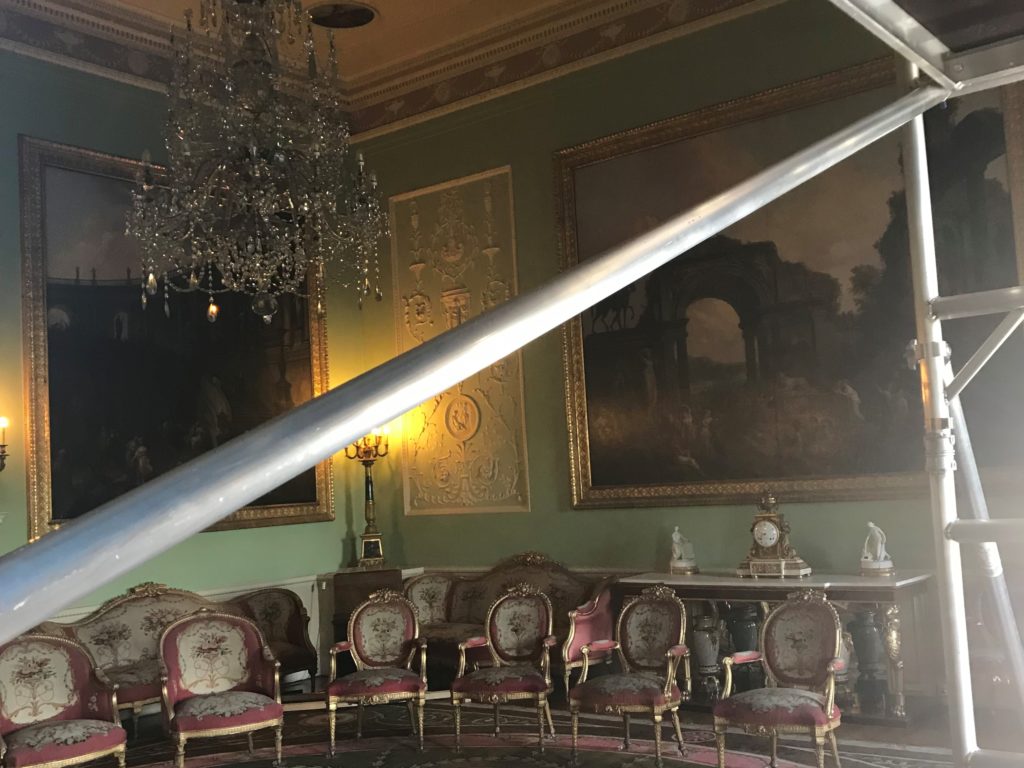 Senior Engagement and Projects Manager Zoe White is busy laying out the sunflowers.
Senior Engagement and Projects Manager Zoe White is busy laying out the sunflowers.
‘Whilst the sun is shining and casting a golden light across Harewood and its surroundings, it’s more difficult to appreciate that the season is about to be in full change mode, and to mark this moment, we’re celebrating this weekend with Harvest Festival.
Traditionally a time to reap the benefit of the hard-working Walled Garden, the vegetables are in abundance and we’ve never seen such a strong crop of potatoes and beans. The Walled Garden is one of the oldest working gardens on the estate. It dates back to the 1700s and has endured intensive use and continuous change throughout its long history, including feeding the local community soldiers in the converted auxiliary hospital during the First and Second World Wars.
My role at Harewood is to create weekends such as this, which will not only bring visitors to Harewood, but also enhance their visit, encourage them to stay all day and then hopefully they will return time and again. We’ve decorated the Courtyard with flowers and garlands, which look lovely, the space is set and ready for the Makers to arrive on Saturday and Sunday and run their Makers’ Market, and the family activity trails are ready to run. You might be pleased to hear that we never like to waste anything and if we can re-use items from previous exhibitions of collections, then we will. So we’ve dusted off the sunflowers that formed part of the Yellow Drawing Room scene from Christmas last year, created by Artistic Director, Simon Costin. Over 100 sunflowers with their burst of yellow look incredible in the sunshine and have really lifted the space. We’re feeling in the festive mood already.
There is also a special event on each day:
Saturday – Lantern Walk with the Rusticus Theatre Company
Sunday – the fantastic Hope & Social perform live and then deliver a special Singing Workshop. If you haven’t seen them yet, they are well worth the trip.
There are also cookery demonstrations in the Old Kitchen and a Gardens Walk and Talk each day at 2pm.’
Follow @HarewoodHouse on social media to keep up to date with all the details across the weekend.



